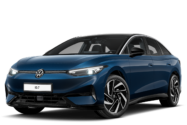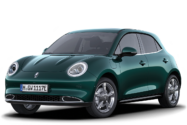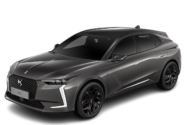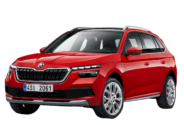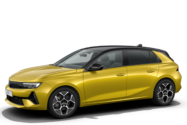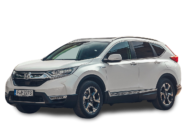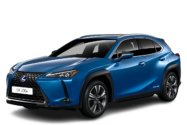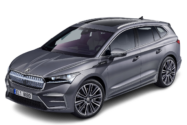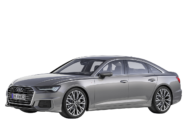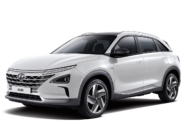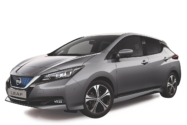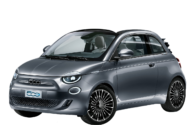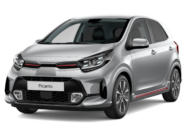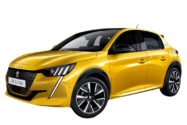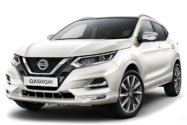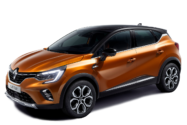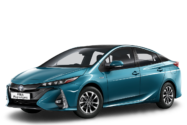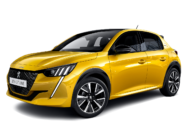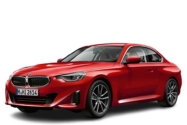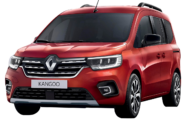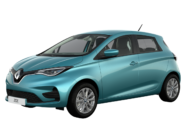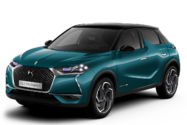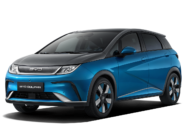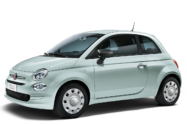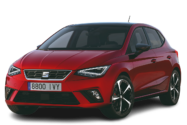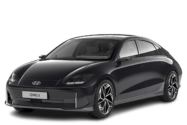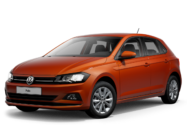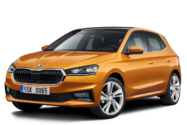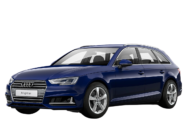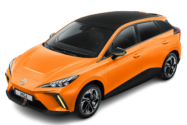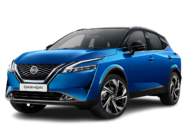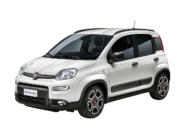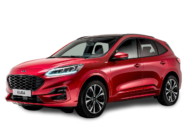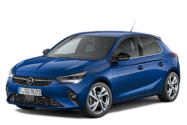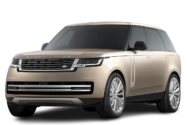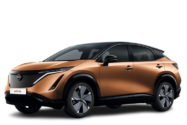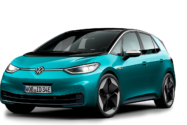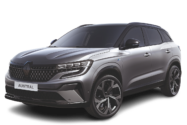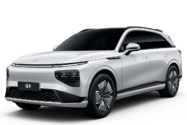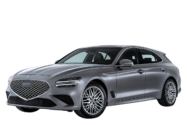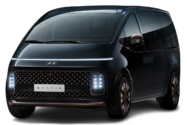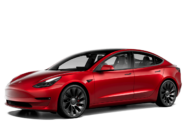23rd November 2023
Green NCAP proves all powertrains need greener objectives
Today, Green NCAP releases the assessment results of seven vehicles with a range of powertrains: three electric vehicles from Tesla, Renault, and MG, three hybrid cars from Mazda, Mitsubishi, and Alfa Romeo, and one purely petrol-powered car from BMW, all recently introduced onto the European market. The results of these vehicles may answer some of the questions that consumers ask themselves when buying a new car: for example, do hybrids fulfil the greener expectations of their technologies? Green NCAP reveals that unless manufacturers make a strong commitment to sustainability by lowering emissions, and fuel consumption, and increasing efficiency, then cars may not be as green as they claim to be, independent of the powertrain.
Green NCAP encourages consumers who are interested in lessening environmental impact to pay attention to the finer details of their future car’s performance. It is critical that new buyers consider independent consumer information to achieve a greener choice aligned with their driving preferences. The label of ‘hybrid’ does not automatically mean it outperforms a well-managed combustion-engine vehicle. Manufacturers offer various levels of hybridisation to cater to different objectives. At the same time, in some cases, more power does not necessarily result in more impact on the environment.
Dr. Aleksandar Damyanov, Green NCAP Technical Manager
The Tesla Model S impresses not only for its innovative technology features but also for its attention to energy efficiency, performance, and driving range. The version tested is the AWD Dual Motor version, with 100 kWh of battery capacity and impressive power and torque output (504 kW, 842 Nm). The flagship Model S sets an example for the segment of pure electric luxury cars by displaying a high and consistent driving range of up to 630 km (about 391.46 mi) in real-world On-Road Drive, smart heat management, and high efficiency. With an uncompromised focus on efficiency and thermal comfort despite an abundance of power, the vehicle easily earns all 5 Green Stars and reaches an Average Score of 97%, just 1% less than the Model 3 tested last year.
Similarly focused on power and torque, the Mazda CX-60 is a large and luxurious SUV (Sports Utility Vehicle) and is claimed to be Mazda’s most powerful production car to date. The car is a plug-in hybrid and uses its electric powertrain to satisfy consumers’ desire for greater power which consequently has an impact on fuel and energy consumption. Its control of pollutant emissions fails to impress. In the Clean Air Index, it received a modest score of just 5.4/10. As a result, the vehicle’s average score drops below the threshold for the added robustness rating and the car is rated based only on the standard tests. The CX-60 Plug-In Hybrid receives an Average Score of 48% and gathers 2½ Green Stars.
Two mild hybrids are underwhelming in this release. The Japanese Mitsubishi ASX, a compact SUV with a 1.3 l turbocharged petrol engine is supported by a weak mild-hybrid system. Tested consumption values are around 6 l/100 km, with the demand increasing to 8.1 l/100 km in the Highway Test with full-power accelerations. Pollutants are, on average, managed well, although ammonia (NH3) and carbon monoxide (CO) emissions could be better handled. The Mitsubishi ASX earns an Average Score of 41% and 2½ Green Stars.
The Alfa Romeo Tonale is a sleek SUV with a 1.5 l turbocharged petrol engine that is supported by a 48V mild-hybrid system. Like the Mitsubishi, pollutants are averagely managed, but increased ammonia output and carbon monoxide handling are challenging for this Italian car. The consumption values depend on the situation – from around 5 l/100 km in the standard On-road Drive to 8.3 l/100 km in the Highway Test. The Alfa Romeo Tonale 1.5 VGT 48V-Hybrid obtains an Average Score of 42% and receives 2½ Green Stars.
Some mild hybrids may not be living up to their greener expectations, but electric vehicles are still delivering on their promises. In this release, the historic English brand MG celebrated a 5-star rating with its MG 5. This fully electric station wagon reaches a maximum power of 115 kW and a declared installed battery capacity of 61 kWh. As expected, the Cold Ambient Test at -7°C revealed a significant increase in energy demand but this can be attributed to a quick cabin heat-up and provision of adequate thermal comfort in cold, winter conditions. During the battery capacity test, the vehicle was charged with 11 kW charging power and the determined grid-to-battery-output efficiency impressed with 92%. The MG 5 finishes with an Average Score of 95% and 5 Green stars. Last month, Green NCAP announced its new Life Cycle Assessment (LCA) Award and Green NCAP calculations indicate that the MG 5 has a relatively low estimated LCA based on the European average and meets the criteria for this LCA award.
For some time, Euro NCAP has set to task in raising the level of safety equipment within vans & Multi-Purpose Vehicles (MPVs), however long-term sustainability should also be an important driving factor for manufacturers. In this release, Green NCAP introduces its first-ever electric MPV tested under its tough protocols: the Renault Kangoo E-Tech. This is a pure electric vehicle that offers enhanced transport capabilities for goods and is targeting small and medium businesses (SMBs). With its relatively small battery (45 kWh), the car is primarily useful for shorter distances. The vehicle lets itself down, however, with its lower grid-to-battery-output efficiency of 84% which is poorer than the usual value of today’s electric cars. With an Average Score of 90%, the Kangoo E-Tech just manages to receive all 5 Green Stars.
The only purely petrol-powered vehicle in this release, the BMW X1 sDrive18i, is a small SUV that supplies 100 kW peak power, which is the lowest among all currently offered X1 versions. Like most other fossil-fuelled petrol cars, it scores the least in the Greenhouse Gas Index due to the CO2 emissions measured at the tailpipe. The strongest suit of the X1, however, is its exhaust aftertreatment. In the Clean Air Index, BMW shows high and robust performance and earned a very well-deserved 7.7 points out of 10. The BMW X1 attains an Average Score of 45% and collects 2½ Green Stars.
Editor's Note
For media information, please contact Cordelia Wilson, Senior Communication Consultant, at media@greenncap.com
Follow and Share
About Green NCAP
Green NCAP uses a broad range of tests to address the flaws in approval tests and, through consumer information, rewards those manufacturers whose vehicles go beyond the minimum requirements and offer excellent, robust, real-world performance.
We believe that consumers need to be adequately informed about the energy consumption and related greenhouse gas emissions of the vehicle of their choice.



